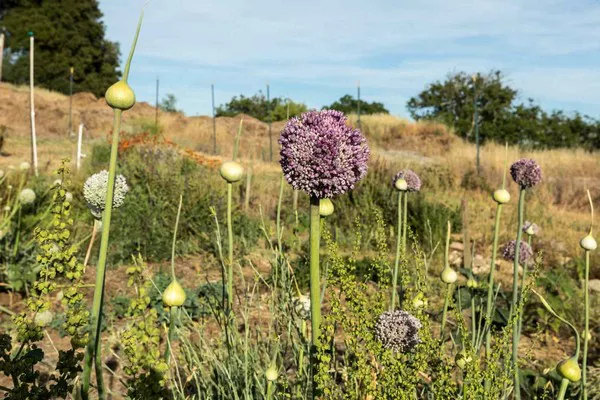In the intricate tapestry of ecosystems, pests play a role that is both ubiquitous and often disruptive. As guardians of our homes, gardens, and crops, understanding the 4 main types of pests is crucial for effective pest management.
Introduction to Pest Classification
Pests are commonly classified based on their characteristics, behaviors, and the types of threats they pose. The 4 main types of pests encompass insects, rodents, birds, and arachnids. Each category presents unique challenges for pest management, requiring tailored approaches to ensure effective control and prevention.
Insects: The Tiny Troublemakers
Among the 4 main types of pests, insects reign supreme in terms of diversity and sheer numbers. From ants marching in disciplined lines to termites silently causing structural damage, insects pose a myriad of challenges for homeowners and agriculturists alike. Common household insects include ants, cockroaches, termites, and beetles.
Ants, with their intricate social structures, can quickly infiltrate homes in search of food sources. Cockroaches thrive in dark, damp environments and can carry diseases. Termites, often referred to as “silent destroyers,” feast on wooden structures, potentially causing extensive damage. Beetles, while diverse in species, can be destructive agricultural pests, affecting crops and stored grains.
Effective insect pest management involves understanding their life cycles, habits, and employing targeted interventions. Integrated pest management (IPM) strategies often include the use of insecticides, traps, and preventive measures such as sealing entry points and maintaining cleanliness.
Rodents: Navigating the World of Mammalian Pests
Rodents, characterized by their sharp incisors and agile movements, represent another category among the 4 main types of pests. Rats and mice are common examples, posing threats to both urban and rural environments. These mammals are known for their ability to gnaw through various materials, contaminate food sources, and transmit diseases.
Rats, with their adaptive nature, can thrive in diverse environments, from sewers to attics. Mice, while smaller in size, share similar destructive behaviors. Effective rodent pest management involves employing traps, baits, and implementing preventive measures such as sealing entry points, proper waste management, and maintaining hygiene.
Birds: Feathered Pests and Their Challenges
While birds contribute to the natural soundscape and ecosystem balance, certain species can become pests when their populations surge in urban or agricultural settings. Pigeons, sparrows, and starlings are examples of birds that can pose challenges for pest management.
Pigeons, with their large populations and droppings, can create sanitation issues and damage structures. Sparrows, often found in urban areas, can nest in buildings and contribute to noise pollution. Starlings, while aesthetically pleasing, can form large flocks that impact agricultural crops and create nuisances.
Bird pest management often involves humane deterrents, such as netting, spikes, and visual or auditory repellents. Creating an inhospitable environment for nesting and roosting helps mitigate the impact of bird pests on structures and crops.
Arachnids: Weaving Webs of Intrigue
Arachnids, a diverse class of joint-legged invertebrates, include spiders, ticks, and mites. While many arachnids play beneficial roles in ecosystems, certain species can become pests in residential and agricultural settings.
Spiders, with their ability to spin intricate webs, are often unwelcome houseguests. While most spiders are harmless, some, such as the black widow or brown recluse, can pose health risks. Ticks and mites, known for their parasitic behaviors, can affect both humans and animals, transmitting diseases.
Arachnid pest management involves regular cleaning to eliminate webs, sealing entry points, and employing targeted interventions if infestations occur. Understanding the habits and habitats of specific arachnid pests is crucial for effective control.
Integrated Pest Management (IPM): A Holistic Approach
In addressing the 4 main types of pests, Integrated Pest Management (IPM) emerges as a holistic and sustainable approach. IPM integrates various strategies, emphasizing prevention, monitoring, and targeted interventions. By combining biological controls, cultural practices, and judicious use of chemical controls, IPM seeks to minimize environmental impact while effectively managing pest populations.
Conclusion
As stewards of our living spaces, understanding the 4 main types of pests empowers us to navigate the complex landscape of pest management. From the tiny realm of insects to the larger domain of mammals, birds, and arachnids, each category presents unique challenges and opportunities for mitigation. Through informed strategies, preventive measures, and a commitment to sustainability, we can strike a balance that preserves the delicate harmony of ecosystems while safeguarding our homes and crops from the impacts of pests.


